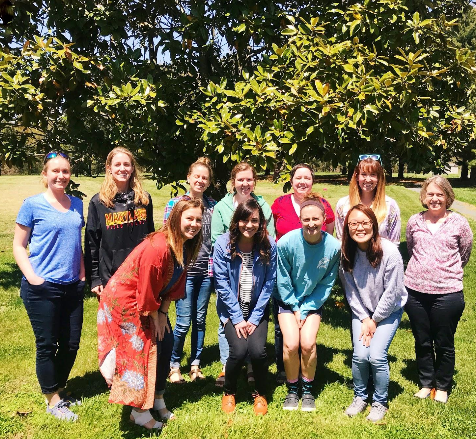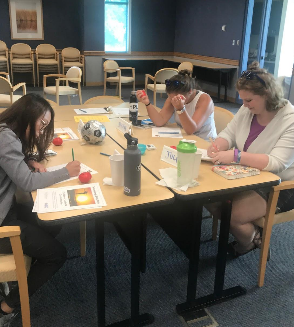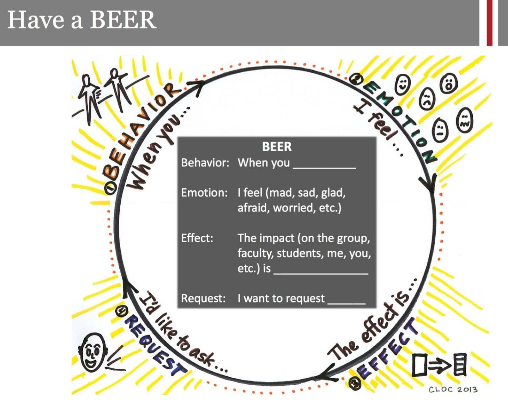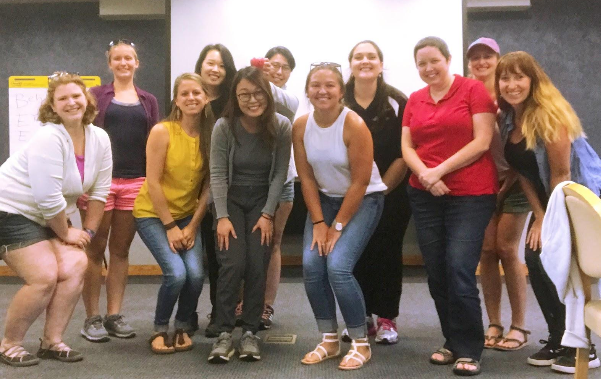By Melanie Jackson, Lexy McCarty, Hannah Morrissette, and Emily Brownlee
After learning about SWMS at the Ocean Sciences Meeting in Portland, OR and hearing from mid-Atlantic universities in Delaware and Virginia that a Maryland SWMS chapter would be a welcomed addition, we decided that our Horn Point Laboratory (HPL) community would benefit from a chapter. From a quick look at the HPL online directory, you may notice that the majority of the graduate students at HPL are women (~60%), whereas the majority of the faculty are men. This dichotomy between students and faculty motivates one of our primary goals, which is to help increase retention of women in higher levels of the marine sciences.
Although we are a relatively small laboratory, we were thrilled to receive interest from 28 people on campus. Other than graduate students, we have a large number of women on campus, such as faculty, research assistants, and employees of local nonprofits who partner with the laboratory. During our first meeting, we went around the room and addressed what everyone wanted to get out of SWMS. Some common themes included showcasing women at the community level, providing professional development and networking, interacting more with our faculty, and creating an open space for women’s issues. The discussion helped identify topics that we have since focused on during our past meetings, and that we plan to address in the future, such as unconscious bias training and tips on how to boost confidence levels.
Last week was our first large event, where we invited Shelby Byrd from University of Maryland Human Resources to give us a half-day crash course workshop on leadership and crucial conversation. During the workshop, we practiced introducing ourselves briefly using the three P’s (Professional, Passion, and Personal). Although we are comfortable delivering our science-related elevator pitches, this introduction format was challenging. It forced us to think about ourselves beyond the scope of science and gave us some exposure to a new introduction template we could utilize at different types of networking events.
The three P’s: Professional, Passion, and Personal
Next, we practiced and discussed conflict resolution tools that could help us manage hypothetical and/or real-life conflicts. This involved learning lots of different models, and their acronyms, that could be employed for various types of conflicts. One such model was Crucial Conversations: Work on me first, confront with safety, and move into action. Most importantly, and arguably everyone’s favorite, was the BEER model: Behavior, Emotion, Effect, Request.
Once we learned an arsenal of tools and models, we successfully practiced using the Crucial Conversation model in simulated conversations. After practicing with each other, we followed with a discussion on what we did well and how we could have handled the situation differently.
This training provided us with the confidence to deal with potentially tricky situations, as well as created a great bonding opportunity. Overall, the positive response that we’ve received from our HPL community encourages us to support each other.




